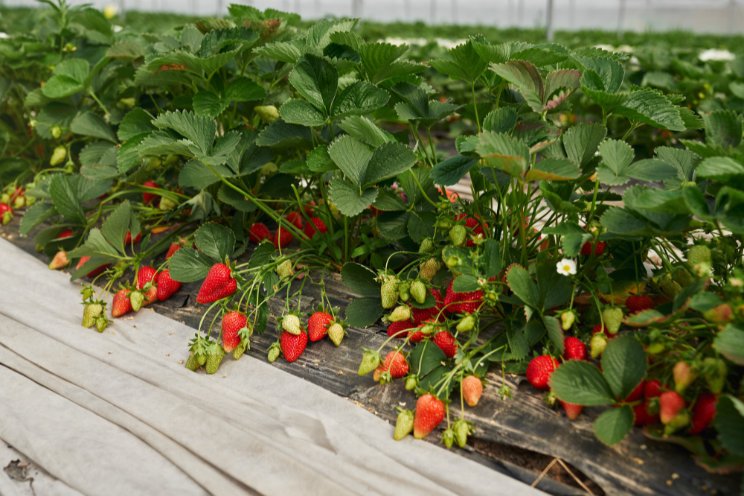EXALT insecticide for horti crops
Added on 26 June 2020

EXALT is a new solution for horticulturals that "breaks with the establishment," being a very active insecticide on ingestion and contact with a powerful shock effect, providing farmers with the best control of caterpillars, Tuta Absoluta, Trips and Drosophila.
Its toxicological profile from the point of view of residue on treated horticultural crops is another benefit that it provides to farmers. EXALT has a very favorable residual profile due to the low amount of active material used and its rapid degradation. With this active matter, special emphasis has been placed on environmentally-friendly management, which includes, on its label, instructions for use with bees and pollinators, including mitigation measures for environmental risks.
Corteva has extensive experience in managing insecticide resistance, to ensure minimum impact on auxiliary fauna, making EXALT an essential tool in integrated horticultural control programs.
Miguel Sucarrats (Category Marketing Manager of Corteva Insecticides for Iberia) highlighted the importance of this novelty in the sector, stating, "EXALT is a new tool for farmers for effectively controlling devastating pests, such as caterpillars, especially Tuta Absoluta. Spinetoram's control power is five times greater than SPINTOR."
EXALT's formulation has been adapted for use on horticultural crops, due to its ease of handling and low toxicity, and it can be used both outdoors and in greenhouses. It is authorized for use on the following crops:
• Horticultural: Solanaceas, such as tomato, pepper and aubergine, and cucurbits, such as zucchini, squash, melon, watermelon and cucumber. It can also be used on lettuce, spinach, strawberries, blueberries, raspberry and vegetables, such as broccoli, cauliflower, Brussels sprouts and cabbage.
• Edible flower crops: Aromatic herbs, such as chervil, chives, celery leaves, parsley, royal sage, rosemary, thyme, basil, bay leaves and tarragon.
The original Spanish version of this report is from Corteva.
Source: Corteva Agriscience
Photo by Matheus Queiroz on Unsplash
Source: Ag News
More news















